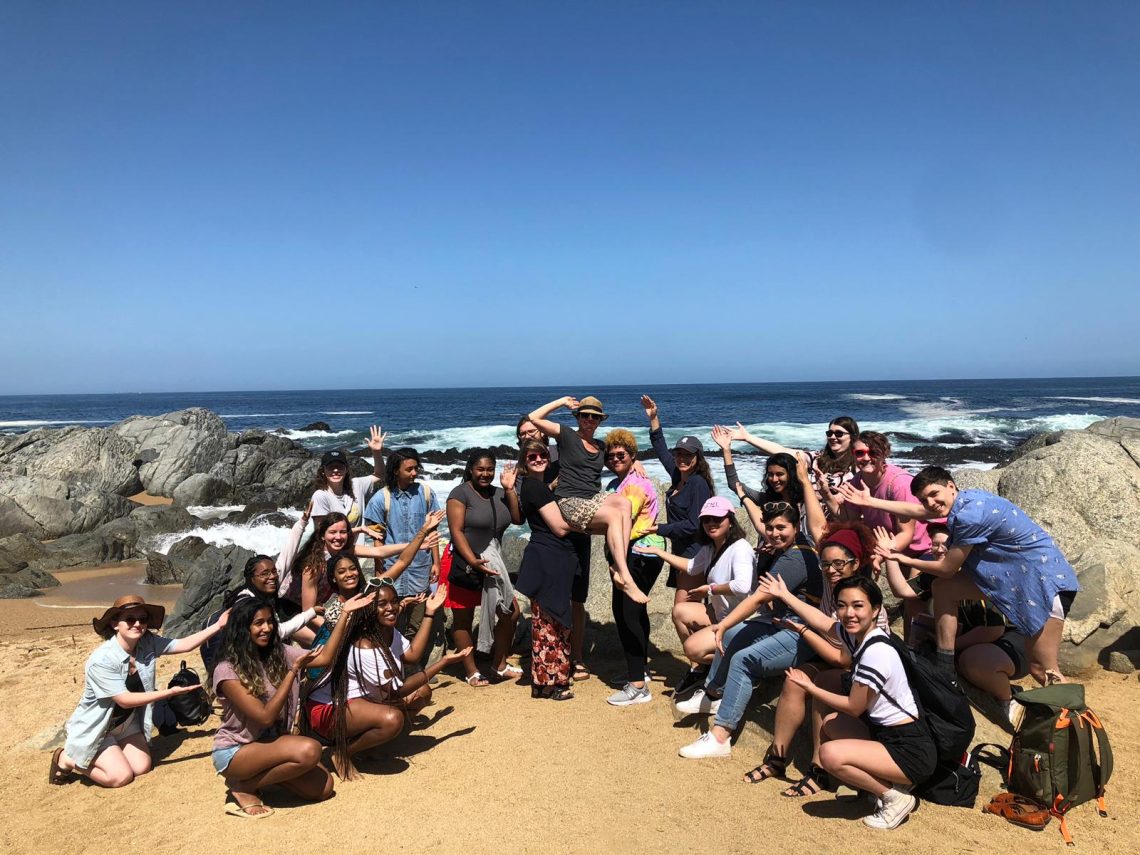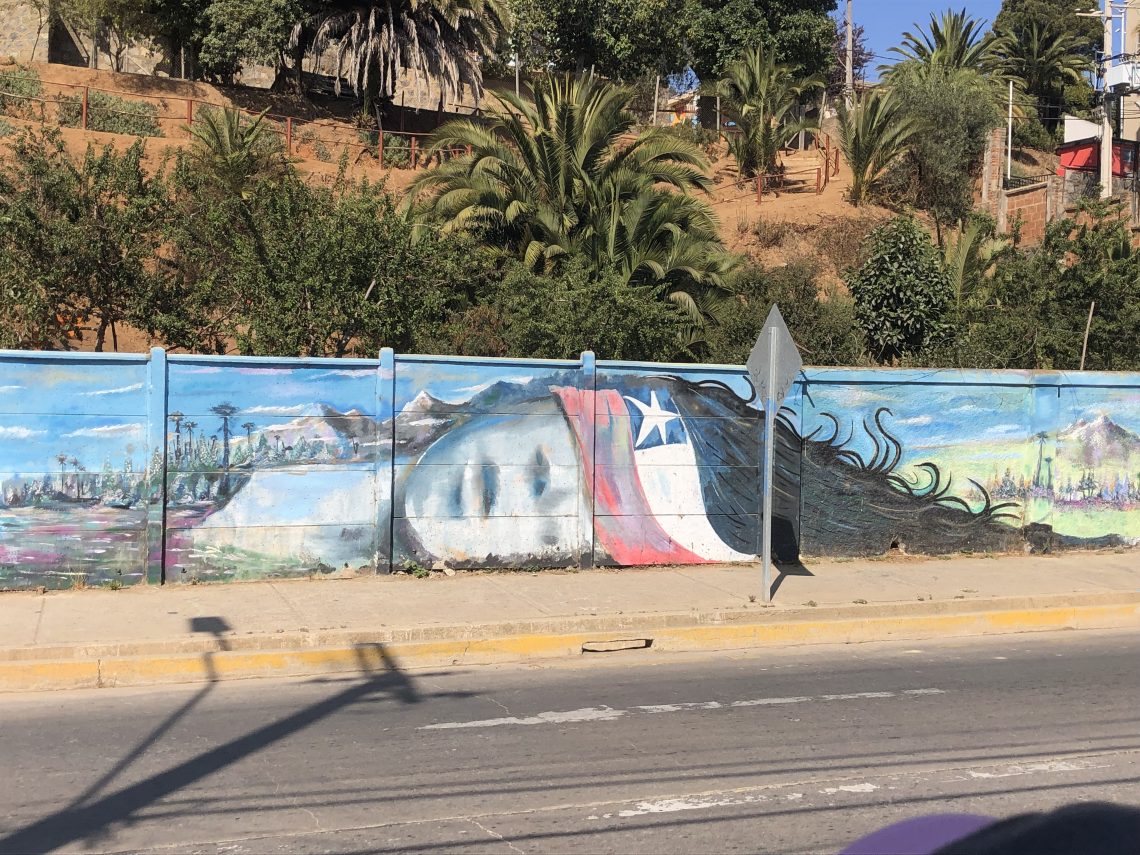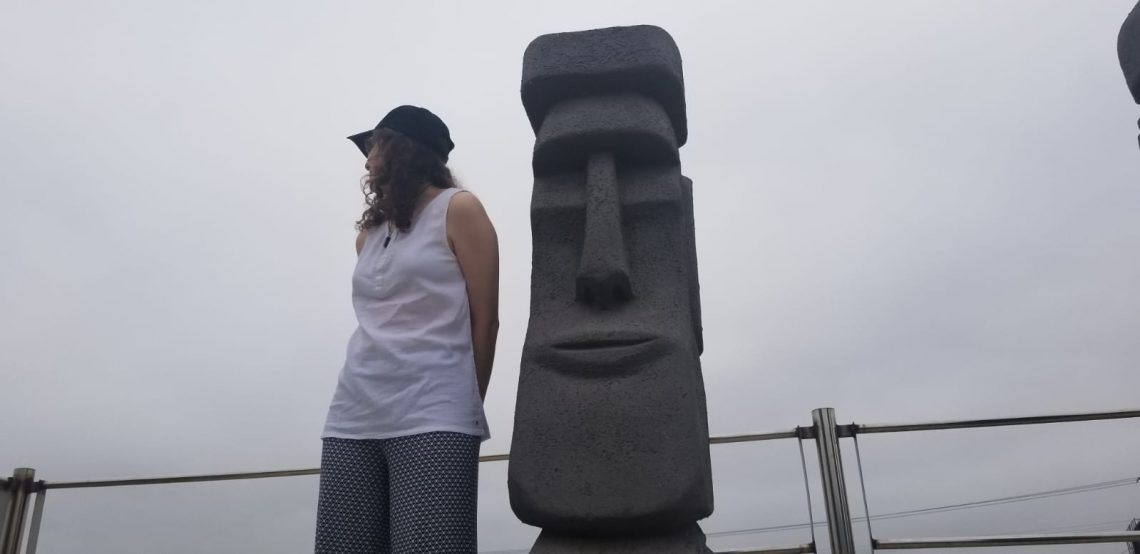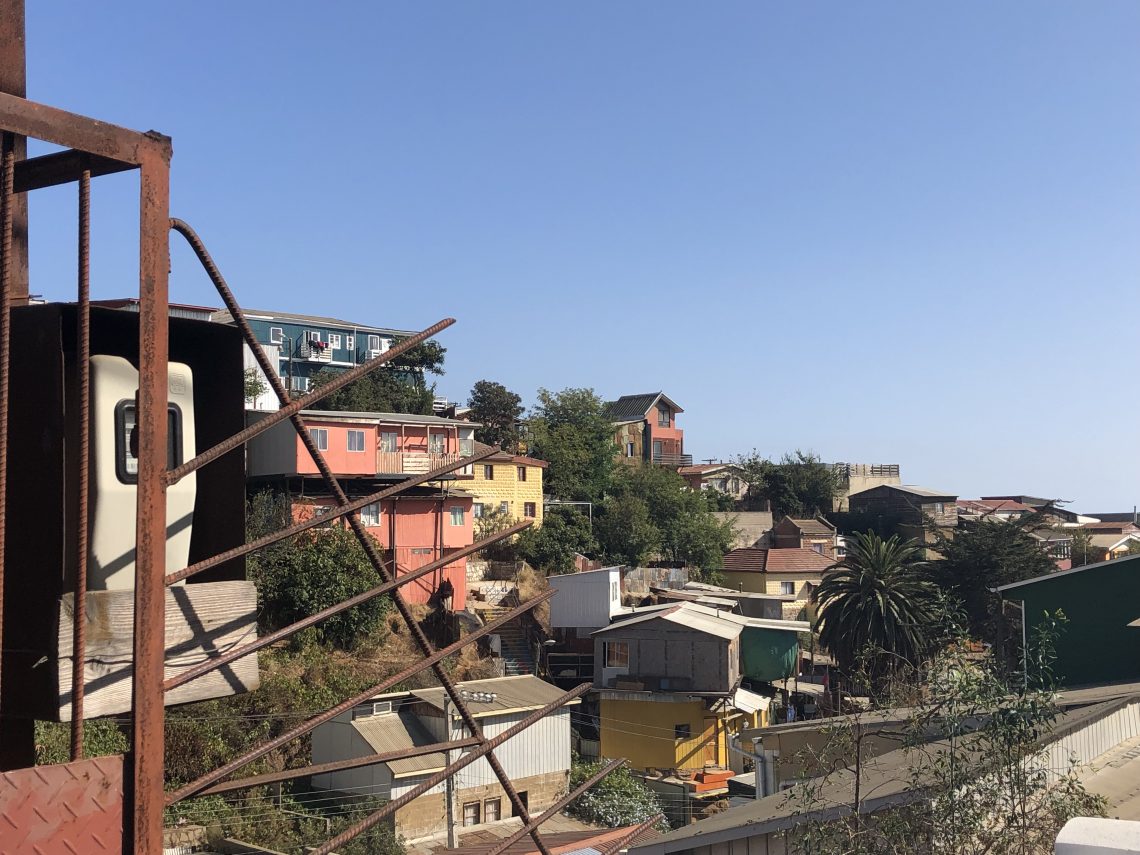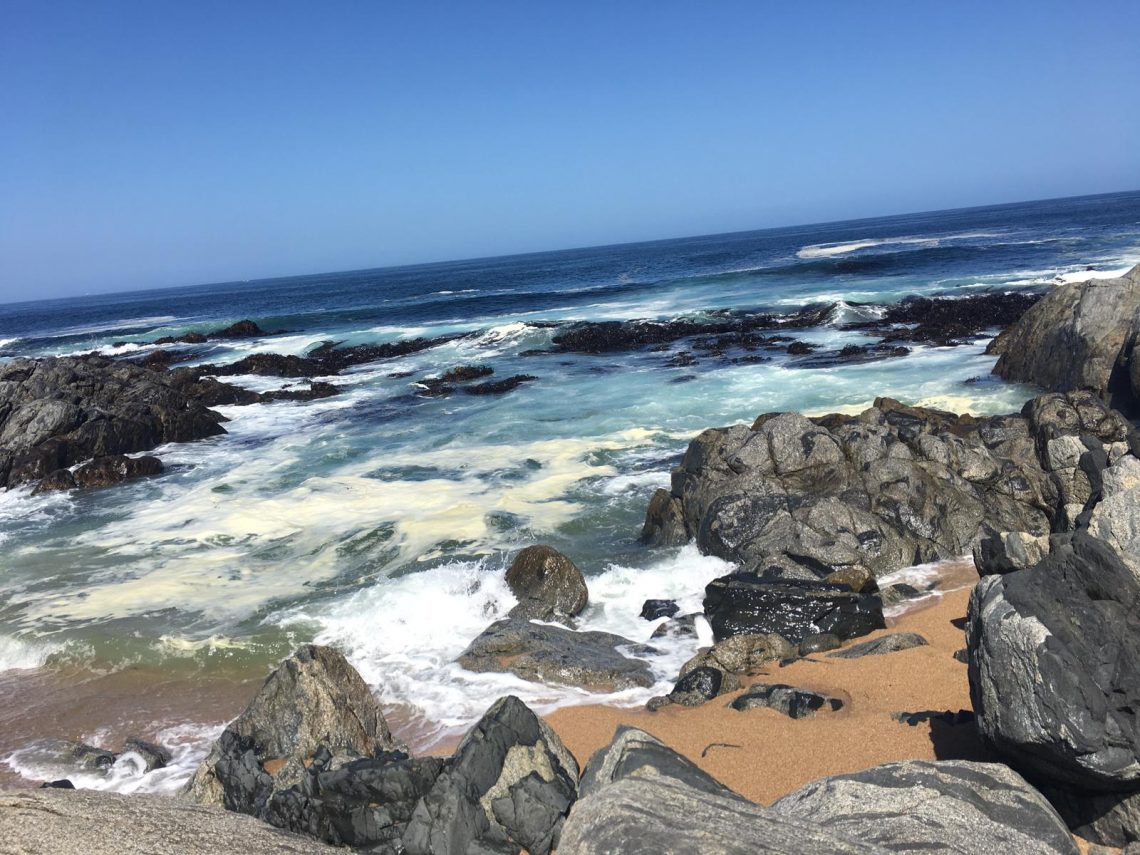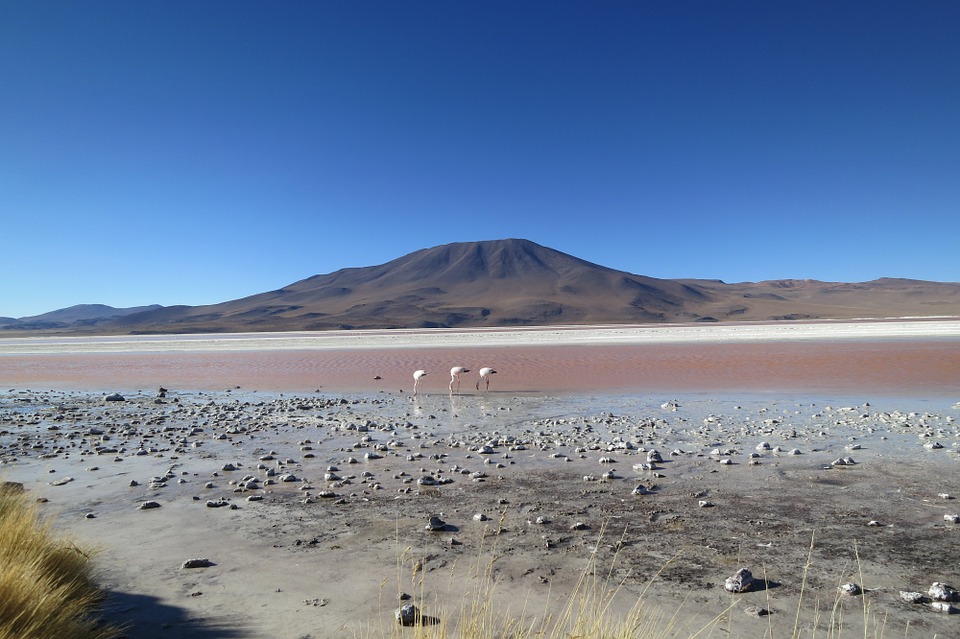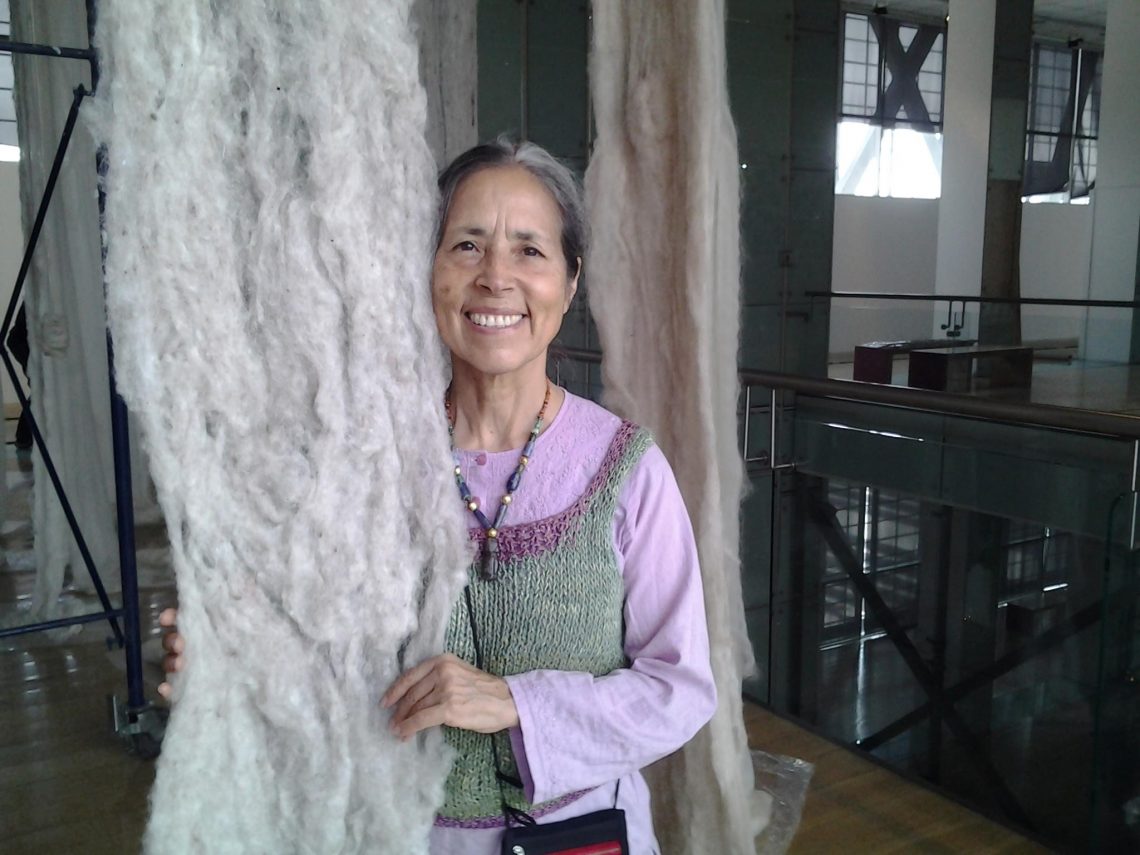Photo of my friends and I at the National Fine Art’s Museum in Santiago, Chile. My freshman year my global class went on a trip to Chile, and it was one of the best experiences of my life. I loved all of the art and museums and my classmates and I had even more fun imitating all of the art we liked. This group photo was a treasure for all of us.
-
-
Global 102 Final Post
“The queasiness in my stomach, the numbness in my toes, it barely registers in my awe-addled mind. I’ve been in high places before, felt the blood pool and pulse in my face, while the tiny movie screen in my head played a slow-mo clip of the ground crumbling under my feet and my body following after, but for once the screen is black, and I lean so far over the edge my toes hang off of the cliff, as I try and peel the delicate skin around my eyes further back, so that I can see every building, every wave, every mural, every dog, every mountain, every color. I could…
-
“The Wretched of the Earth”
by Franz Fanon 1-Define Manichaean thinking in your own words. Based on this text, explore ways in which Manichaean thinking expresses itself in relation to race (pp117), religion (pp118), and economics (pp119). Manichaean thinking is when the world is divided clearly into two, good and evil, black and white. No grey, no in the middle, just two sides that are absolute opposites. Colonizers and the colonized are two such sides where one is right and one is wrong. In “The Wretched of the Earth,” Fanon describes the colonial world as a Manichaean world, with the colonist making the colonized the evil of the two. In this scenario the colonized is…
-
Global Common Reflection
Image: Picture of me in a garden in Santiago, Chile How has the journey’s immersion shaped your self-image as a learning traveler? This trip made me think more deeply on what it means to be a learning traveler and how important it actually is to educate yourself and I’m glad that our class put in so much time and effort to read and learn about Chile before our trip. I thought I was a more aware, and conscientious because of it. Can you describe an aspect of globalization you witnessed during your travel? Chile has the stablest economy in Latin America and it is largely due to their globalization. They…
-
Global Week Ten
Image: taken by me of the city Santiago, in Chile. After my time in Chile, I wrote a small poem that reflected on some of the intense and important thoughts and feelings I had during the trip. “The queasiness in my stomach, the numbness in my toes, it barely registers in my awe-addled mind. I’ve been in high places before, felt the blood pool and pulse in my face, while the tiny movie screen in my head played a slow-mo clip of the ground crumbling under my feet and my body following after, but for once the screen is black, and I lean so far over the edge my toes…
-
Global Week Nine
Image: A picture of the ocean taken by me in Santiago, Chile. On our trip to Chile we traveled to Santiago and Valparaiso. We met incredible people, visited amazing museums, and lived life changing experiences. I was extremely grateful that I had done so much reading and researching on Chile’s history and important figures in the world of art and poetry. My favorite museums were the Museo Violeta Parra and the Museo de Arte Precolombino. After doing an arpillera project in class, I gained a small understanding of the amount of time and effort and meaning that goes into making them and both museums had amazing sections of textiles that…
-
Global Week Eight
This week in global we read “Pastoral,” “X,” “Atacama V,” “Atacama VI,” Atacama VIII,” “XXXVIII,” “No!,” and “Our Father,” by Raúl Zurita. Raúl Zurita was arrested, detained, and tortured during the Pinochet coup. His poetry thereafter reflected his beliefs on the Pinochet dictatorship and attempted to communicate the violence and atrocities that were committed against the Chilean people. He also wrote with a greater appreciation for the Chile that he loved, in “Pastoral” he writes all about Chile’s desert. Personally, I have always associated the word “pastoral,” with farms and agriculture. However, Raúl Zurita’s “Pastoral” talks about the desert, “Chile is a desert all over.” I thought there were contrasting…
-
Global Week Seven
This week is global we read more of “Threads of Protest” which talked about Cecilia Vicuña’s concepts and Quipus. We read one of her poems, “Invention of Writing by the Moon,” and talked about the importance and origin of textiles and weaving in Chile. We also worked on our personal projects, creating an arpillera. After learning about her, I think Cecilia Vicuña is a fascinating person. She is a poet and multidisciplinary artist who was born and raised in Chile. Her art exists at the intersection of word, thread, and gesture. She lived through Chile’s tumultuous politics and went into exile in 1973 after the death of President Allende and…
-
Global Week Six
This week in Global we read many Ode poems by Pablo Neruda, like “Ode to Salt,” “Ode to Firewood,” and “Ode to a Pair of Socks.” This poems had a very rustic feel to them, “Ode to Firewood” in particular, and it was interesting to read a poem that was very hyper-fixated on describing one thing by describing many other things. Most of the poems that I read tend to tell a story through many different events, but these odes did the same thing with only one event or object. In “Ode to a Pair of Socks,” Neruda spends the whole poem describing a pair of socks, but in describing…
-
Global Week Five
This week in global we read more of “The Chile Reader” and “Threads of Protest,” from Arpilleras “Tapestries of Defamation. I found this second reading very informative especially because in class we are beginning a project to make our own arpilleras. Arpilleras have a very important history in Chile. While contemporary arpilleras are made for gift shop consumers and stick to a few common themes, during Pinochet’s reign arpilleras acted as craft testimonies. They told a story of a country in crisis. They also provided many women with varying seamstress skills a steady income and opportunity to meet together. They created this contradictions, in that the arpilleras were marketable objects…
